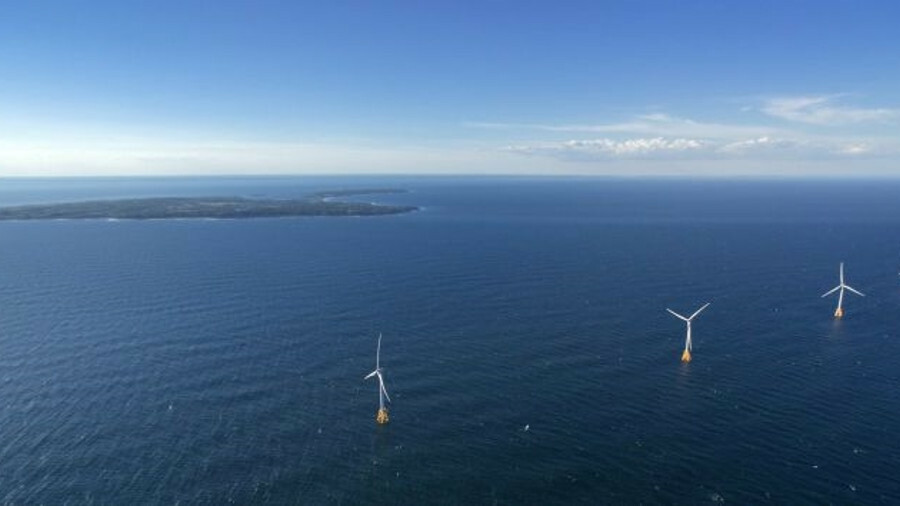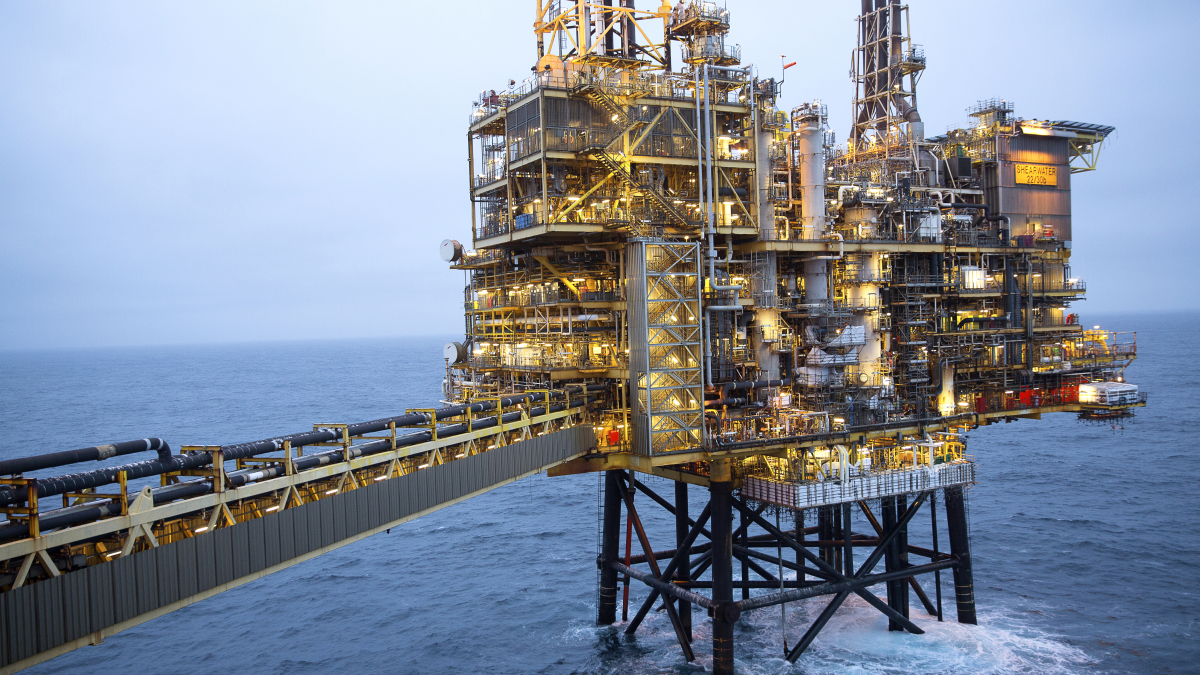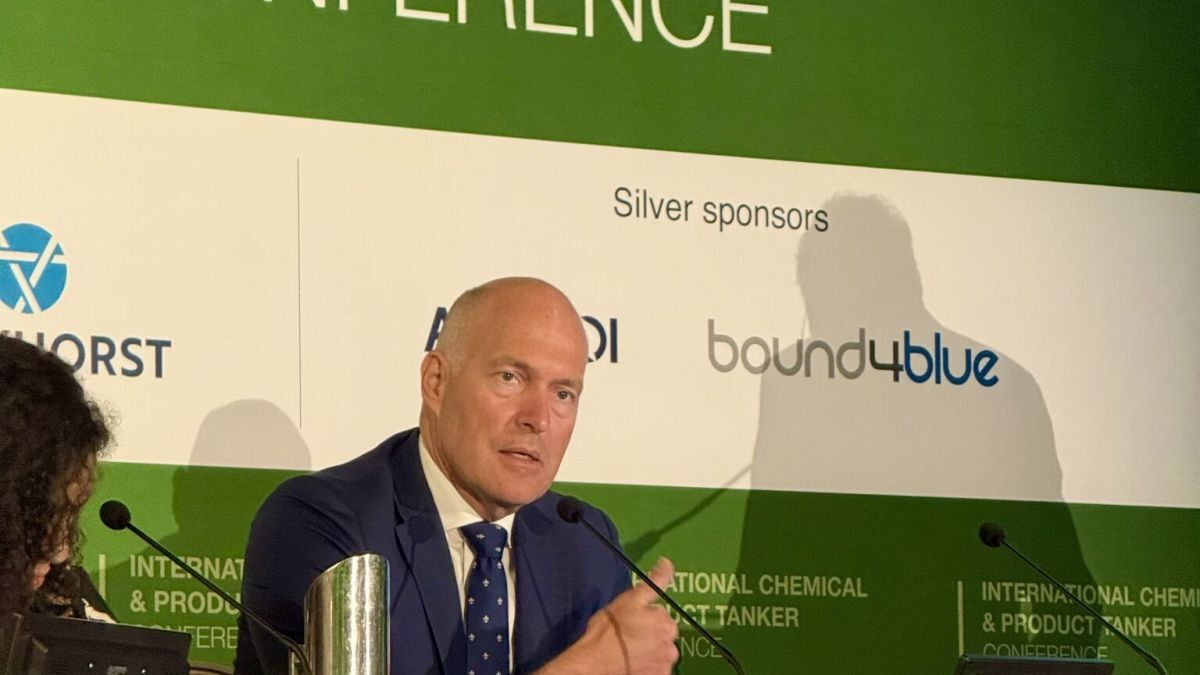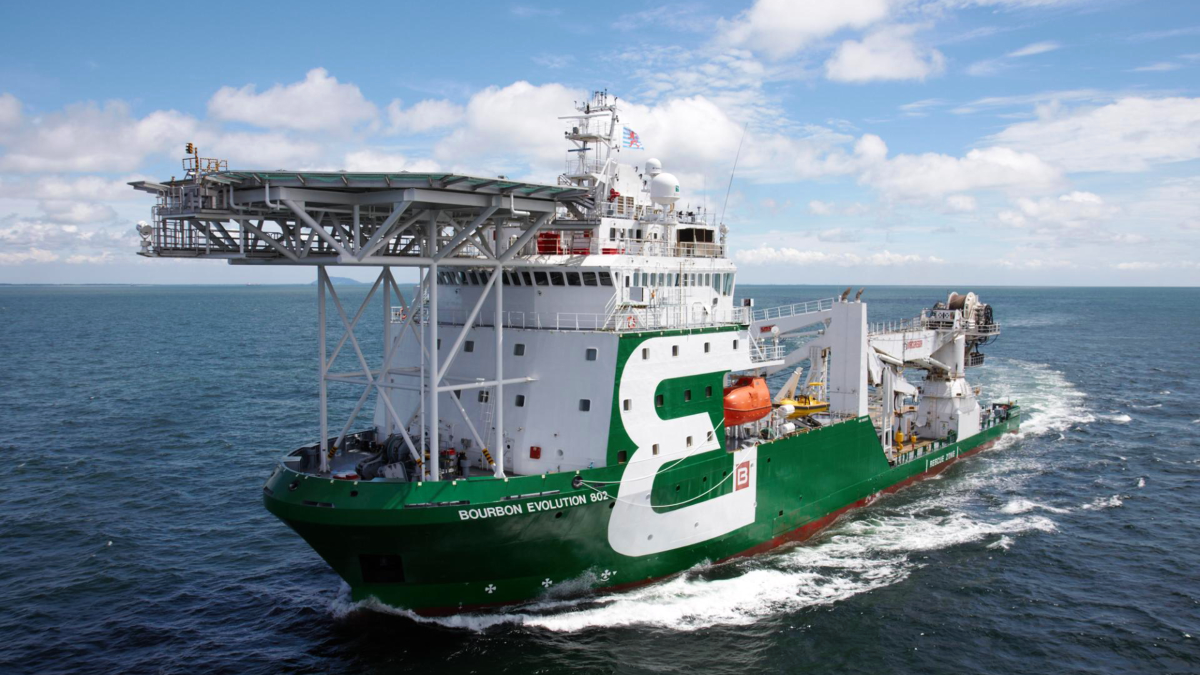Business Sectors
Events
Contents
Opportunities for OSV owners as US offshore wind picks up
An estimated US$70Bn will be spent on offshore wind development by 2030 providing rich picking for OSV operators, despite Jones Act limitations
An estimated US$70Bn will be spent on offshore wind development by 2030 providing rich picking for OSV operators, despite Jones Act limitations
The results of the lease sale held last December by the US Bureau of Ocean Energy Management (BOEM) demonstrate the rising level of interest in offshore wind in the US. The lease sale for sites off the coast of Massachusetts drew winning bids of US$405M – almost 10 times the total winning bids generated by the previous lease sale two years earlier.
Heavyweights in the European offshore wind sector dominated the bidding. Topping the list were Equinor Wind US, LLC, an affiliate of Norway state-owned Equinor, Mayflower Wind Energy, LLC, a 50-50 joint venture between Shell New Energies US and EDPR Offshore North America, LLC, majority owned by Energias de Portugal, SA, and Vineyard Wind, LLC, a 50-50 joint venture between Denmark’s Copenhagen Infrastructure Partners and Avangrid Renewables, part of Spain’s Iberdola Group.
BOEM has now issued 12 active commercial wind energy leases. While the activity is concentrated off the US Atlantic coast, projects have also been proposed off California and Hawaii, and the US Great Lakes.
A white paper published under the Special Initiative for Offshore Wind (SOIW) of the University of Delaware College of Earth, Ocean & Environment estimates that 18.6 GW of offshore wind power will be generated by seven offshore windfarms in operation in the US Northeast by 2030. Titled Supply Chain Contracting Forecast for US Offshore Wind Power, the report by Dr Stephanie A McClellan provides a granular breakdown of the components of each of these seven projects, estimating total capital expenditures of US$70Bn. Major opportunities will be created for port staging, survey and geophysical service companies, crew transfer vessel, service offshore vessel, subsea and cable-laying vessel owners, wind turbine manufacturers, foundation installation and other suppliers.
While the Trump administration has been supportive of offshore wind development as part of its “all of the above” energy policy, some states have also touted renewable energy in an effort to cut greenhouse gas emissions and the potential for job creation, in some cases requiring locally-provided content and services.
Another topic that often rears its head in the US offshore energy market involves the US cabotage laws, known collectively as the Jones Act. The Jones Act requires any vessel transporting cargo between US ports to be built in the US, owned by a US citizen, to operate under the US flag and be crewed by Americans. For the purposes of the Jones Act, a wind turbine foundation on the seabed is considered a US port. This means that a non-Jones Act wind turbine installation vessel (WTIV) cannot transport components from an on-shore port to a turbine foundation. To use a non-US-flag vessel, components from a US port must be loaded onto a US-flag feeder vessel. Once the components are shipped to the project site, they can be lifted off by a non-US-flag WTIV onto the foundation without moving.
“Major opportunities will be created for crew transfer vessel, service offshore vessel, subsea and cable-laying vessel owners, among others”
In 2016, Brave Tern, owned by Fred Olsen Windcarrier, supported the installation of the wind turbines at the first US commercial offshore windfarm, Block Island Wind Farm, off Rhode Island.
Last year, Block Island Wind Farm came under the control of one of the largest operators of offshore wind turbines in the world, Denmark’s Ørsted, following its acquisition of Deepwater Wind in October of last year.

New England leads the way
The New England states Massachusetts and Rhode Island have been at the forefront of developing offshore wind in the US.
In 2016, Massachusetts passed a law requiring its utilities to procure 1.6 GW of offshore wind power by 2027. New legislation passed by Massachusetts lawmakers in August 2018 doubled the offshore wind target to 3.2 GW by 2035.
In December 2018, Ørsted’s US-based company Ørsted US Offshore Wind received approval from Connecticut’s Public Utilities Regulatory Authority for its 20-year power-purchase agreement for the Revolution Wind offshore windfarm, located in federal waters between Montauk, New York, and Martha’s Vineyard, Massachusetts.
With approval for a long-term power-purchase agreement with state utilities in hand, Ørsted will accelerate the development of Revolution Wind, with offshore installation work beginning in 2022 and operational start up in 2023.
“New York plans to invest US$15M to train workers for offshore wind jobs and develop port infrastructure”
In Connecticut, Ørsted US Offshore Wind plans to invest US$15M in the Port of New London to support the Revolution Wind project, as well as contract a Connecticut-based boatbuilder to build one for the project’s crew transfer vessels. The project is expected to create over 1,400 direct, indirect and induced jobs.
In January 2017, New York Governor Mario Cuomo announced a commitment to develop up to 2.4 GW of offshore wind by 2030 as part of the state’s goal to reduce greenhouse gas emissions by 40%. The state’s ambitious plan requires 50% of its electricity to be generated by renewable energy by 2030.
Some 90 MW will be supplied to the Long Island Power Authority under a 20-year power purchase agreement with Ørsted’s South Fork Wind Farm.
New York plans to invest US$15M to train workers for offshore wind jobs and develop port infrastructure.
In New Jersey, Governor Phil Murphy signed an executive order outlining a goal to develop 3.5 GW of offshore wind by 2030 and directed his administration to develop an offshore wind plan. New Jersey state lawmakers passed legislation backing the governor’s plan.
Ørsted also has leases for Ocean Wind, a site located about 16 km off the coast of Atlantic City that could generate 3.5 GW of offshore wind.
Development spurred by energy credits
Maryland’s Offshore Wind Energy Act of 2013 provides financial support for projects in the form of Offshore Wind Renewable Energy Credits (ORECs).
The Maryland Public Service Commission completed the first large-scale solicitation of offshore wind in the US in May 2017, awarding ORECs to US Wind and Deepwater Wind for two projects totalling 368 MW off the coast of Maryland that will come online between 2020 and 2022.
Located more than 31 km from Ocean City, Maryland, Ørsted’s Skipjack project will interconnect into the Delmarva peninsula where it will deliver up to 120 MW of power to the state under the 20-year OREC order.
|
US offshore wind, current lease holders |
State |
Acreage |
Lease #, Year |
Next Step |
|
Garden State Offshore Energy I |
DE |
70,098 |
OCS-A 0482, 2012 |
SAP |
|
Deepwater Wind New England |
RI/MA |
97,498 |
OCS-A 0486, 2013 |
SAP |
|
Deepwater Wind New England |
RI/MA |
67,252 |
OCS-A 0487, 2013 |
FDR |
|
Virginia Electric and Power Company |
VA |
112,799 |
OCS-A 0483, 2013 |
SAP |
|
US Wind |
MD |
79,707 |
OCS-A 0490, 2014 |
COP |
|
Vineyard Wind |
MA |
166,886 |
OCS-A 0501, 2015 |
FDR |
|
Bay State Wind |
MA |
187,523 |
OCS-A 0500, 2015 |
COP |
|
Ocean Wind |
NJ |
160,480 |
OCS-A 0498, 2016 |
COP |
|
EDF Renewables |
NJ |
183,353 |
OCS-A 0499, 2016 |
SAP |
|
Equinor |
NY |
79,350 |
OCS-A 0512, 2017 |
SAP |
|
Avangrid Renewables |
NC |
122,405 |
OCS-A 0508, 2017 |
SAP |
|
Skipjack |
DE |
26,332 |
OCS-A 0519, 2018 |
SAP |
|
Equinor |
MA |
128,811 |
OCS-A 0520, 2018 |
Lease Execution |
|
Mayflower Wind |
MA |
127,388 |
OCS-A 0521, 2018 |
Lease Execution |
|
Vineyard Wind |
MA |
132,370 |
OCS-A 0522, 2018 |
Lease Execution |
Source: US Bureau of Ocean Energy Management
Notes: 1. SAP, Site Assessment Plan; 2. FDR, Facility Design Report; 3. COP, Construction and Operators Plan
Related to this Story
Zonal pricing and UK offshore wind
Events
Maritime Environmental Protection Webinar Week
Cyber & Vessel Security Webinar Week
The illusion of safety: what we're getting wrong about crews, tech, and fatigue
Responsible Ship Recycling Forum 2025
© 2024 Riviera Maritime Media Ltd.













